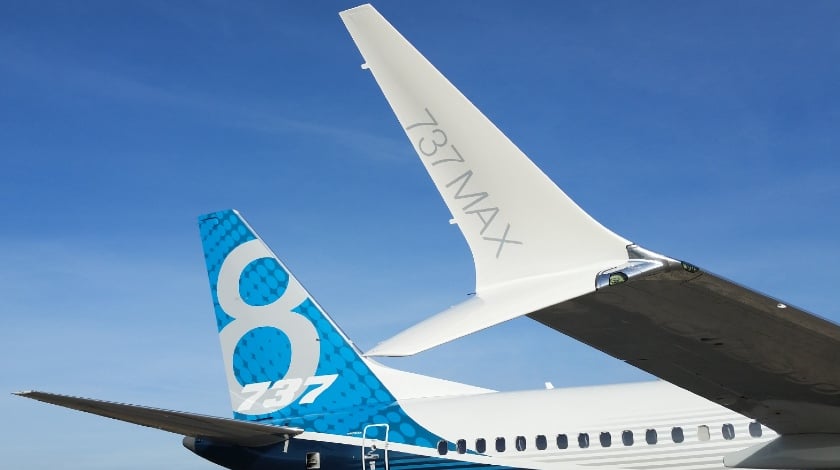Photo: Marco Menezes / shutterstock.com
Reading Time: 2 minutesOn Wednesday, the European aviation safety agency EASA lifted the ban on Boeing 737 MAX operation in Europe. It confirmed the type is safe to fly after almost two years of grounding.
“We have every confidence that the aircraft is safe, which is the precondition for giving our approval. But we will continue to monitor 737 MAX operations closely as the aircraft resumes service,” EASA’s Executive Director Patrick Ky said in a statement and added that at his agency’s insistence, Boeing agreed to work to “enhance the aircraft still further in the medium term, to reach an even higher level of safety.”
According to EASA, its Boeing 737 MAX Airworthiness Directive requires “the same physical changes to the aircraft as the FAA.“ The seven key actions are these:
- Software updates for the flight control computer, including the MCAS system.
- Software updates to display an alert in the case of disagreement between the angle of attack sensors.
- Physical separation of the wires routed from the cockpit to the stabilizer trim motor.
- Updates to flight manuals so pilots can understand and manage all relevant failure scenarios.
- Mandatory training for all 737 MAX pilots.
- Tests of systems, including the angle of attack system.
- An operational readiness flight without passengers due to the long storage of the aircraft.
However, the directives of the two regulators are still not identical. EASA will allow flight crews to “intervene to stop a stick shaker from continuing to vibrate once it has been erroneously activated by the system, to prevent this distracting crew.” At the same time, the FAA determined that the false stick shaker activation is a “major” failure effect but not “hazardous,” meaning that if it occurs, it will not prevent the aircraft from flying safely, so there is no need to switch off the stick shaker. EASA is also forbidding specific types of high precision landings, which, as it says, is a temporary decision.
Although now operators are free to resume 737 MAX flights, it may take some time until 737 MAX is again in the skies above Europe. All of the conditions listed in the bullet points above have to be met, including mandatory pilot training, whereas the number of 737 MAX simulators in Europe is relatively limited.
Some EASA member countries independently banned 737 MAX operations in 2019. For example, Germany banned all 737 MAX flights, so EASA will have to work on the facilitation of this separately.

